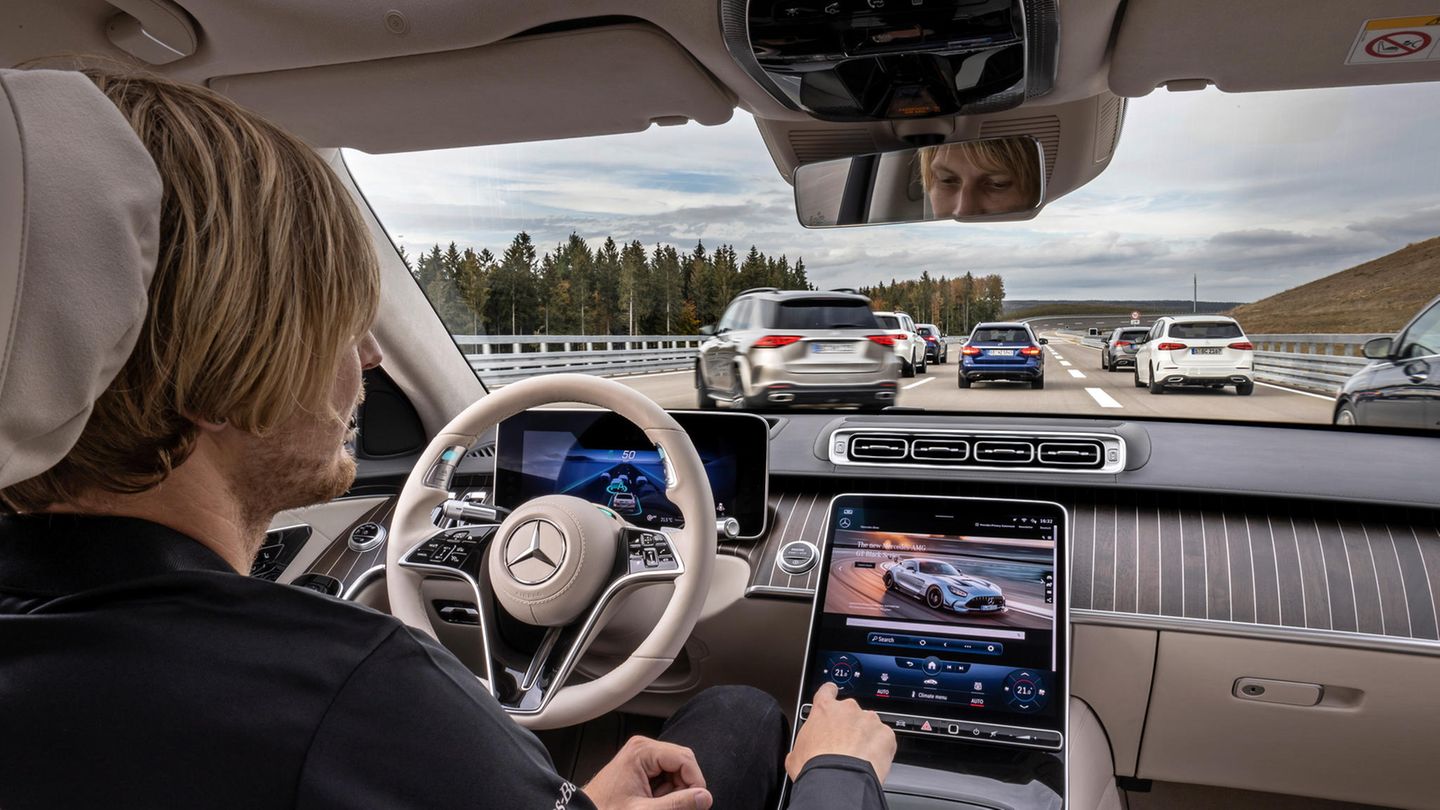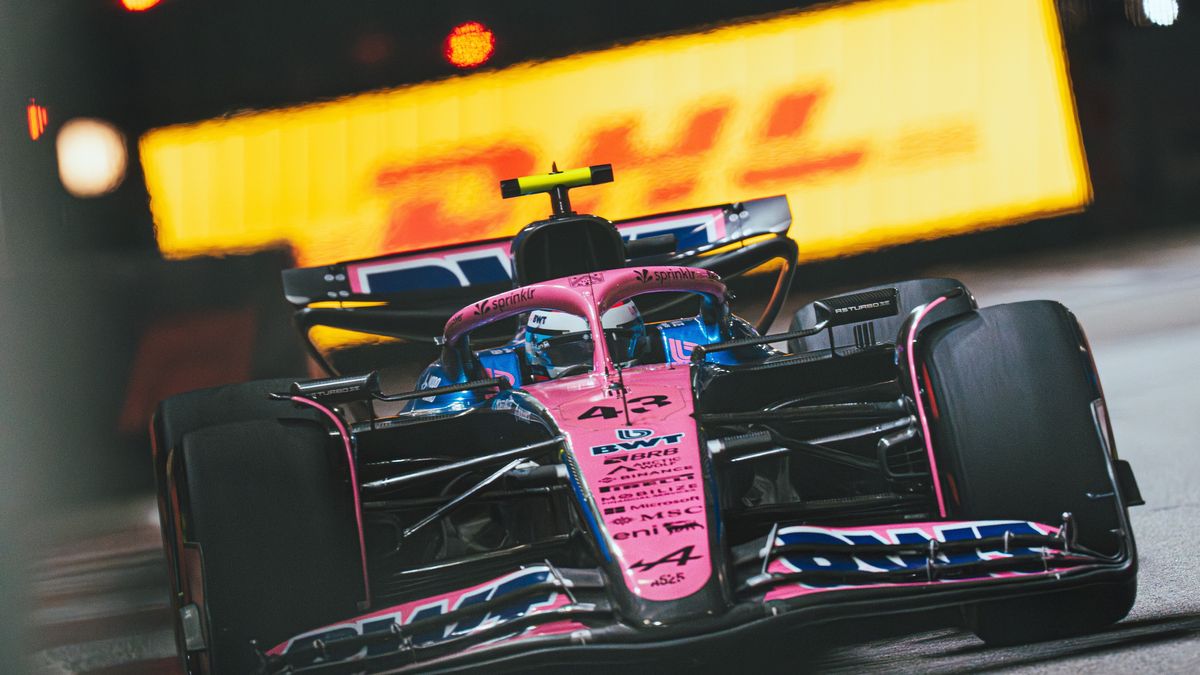Detecting speed, obstacles and road signs independently: Mercedes-Benz has received the world’s first internationally valid approval for a highly automated lane-keeping system. The system should be available as early as 2022.
The Federal Motor Transport Authority (KBA) has granted the car manufacturer Mercedes-Benz the world’s first internationally valid approval for a highly automated lane-keeping system. KBA President Richard Damm described the approval on Thursday as an “important first step on the way to automation”. The KBA is setting standards in Germany and internationally on the way to autonomous driving.
The KBA further stated that security is central to the approval process so that consumers can develop into the systems. “In order to create this trust, we have applied a strict standard, which we, as pioneers in this area, will adhere to on the way ahead,” said Damm.
Mercedes-Benz boss speaks of a breakthrough
“We are the first manufacturer to go into series production of highly automated driving in Germany,” said Daimler and Mercedes board member Markus Schäfer. He spoke of pioneering work and a breakthrough. For the first time in the more than 130-year history of the automobile, the vehicle takes on “the dynamic driving task” under certain conditions. At speeds of up to 60 kilometers per hour, the Drive Pilot function takes over the driving.
Drive Pilot regulates the information according to the speed and distance and keeps the vehicle in the lane. Route, obstacles and road signs are recorded and taken into account. According to Mercedes, the vehicle can also react to unexpected situations with evasive maneuvers or braking maneuvers, for example.
System available in S-Class in 2022
According to Mercedes, the system will be available in the S-Class from the first half of 2022. In the event of traffic jams on certain sections of the motorway, for example, the driver could hand over responsibility to the vehicle, said Schäfer. The technology should also be introduced in the USA and China.
Source From: Stern
I am a 24-year-old writer and journalist who has been working in the news industry for the past two years. I write primarily about market news, so if you’re looking for insights into what’s going on in the stock market or economic indicators, you’ve come to the right place. I also dabble in writing articles on lifestyle trends and pop culture news.



